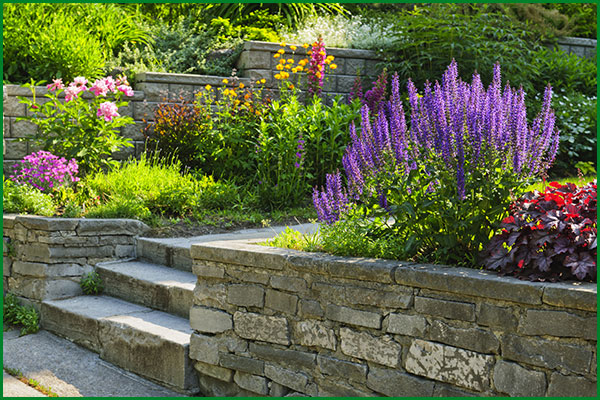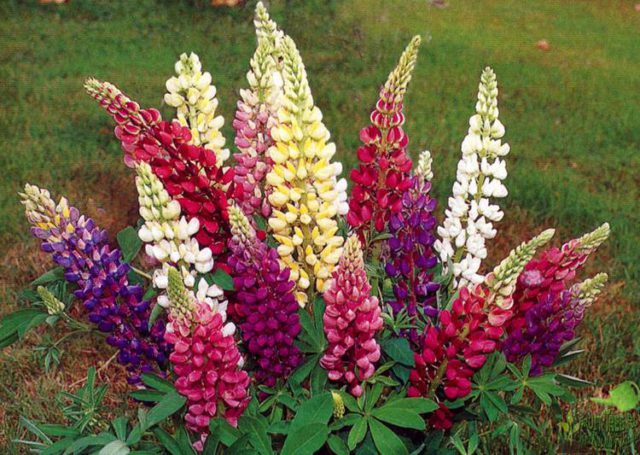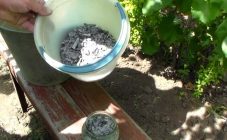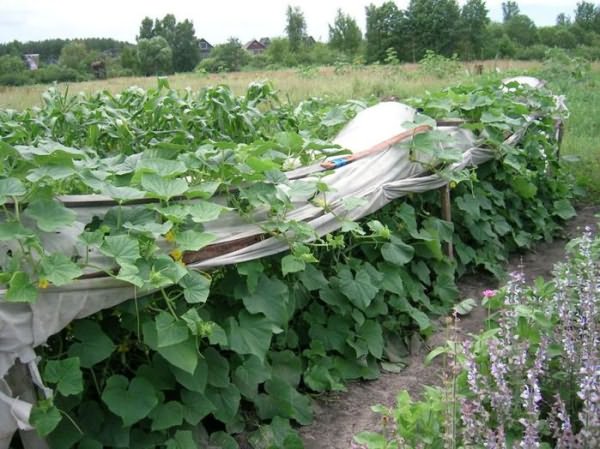Content:
Natural fertilizers are becoming increasingly popular among gardeners and gardeners. Green vitamins enrich the soil structure, slow down the growth of weeds and are the key to ecologically grown products. But most importantly, with this method of cultivation, the environment does not suffer.
Green manures
There are a number of plants that not only take substances useful for growth and development from the soil, but also enrich the earth with minerals, oxygen, scare away harmful and attract beneficial insects, and restrain plant diseases. The root system of such crops not only effectively loosens the soil, but also delivers substances to the upper soil layers that are inaccessible to vegetable and fruit crops with small roots. These organic green fertilizers are called green manure. There are about 400 known plants with similar properties. In Russia, for use in agriculture are used:
- mustard;
- rape;
- amaranth;
- buckwheat;
- barley;
- lupine;
- oats;
- wheat;
- peas;
- beans;
- alfalfa;
- sweet clover;
- soy;
- lentils.
Lupine as a siderat
The cultivation of this representative of the flora is rooted in a thousand-year history. Even then, in Greece, the Roman Empire, Egypt, white lupine was cultivated as a siderat, as a food, fodder and medicinal plant. Among other advantages, the culture is still valued for its high protein content.
The genus Lupine belongs to the legume family. In nature, there are several hundred species that differ in shape, vegetation period, height:
- herbaceous annuals and perennials;
- semi-shrubs;
- shrubs.
Regardless of the shape and type, each such plant has:
- herbaceous or woody stem;
- erect, creeping or protruding branches;
- fan-shaped leaves on long petioles;
- tap root system from 1 to 2 m;
- flowers arranged alternately and forming an inflorescence of a variety of colors;
- a leathery bean of cream, brown or black color, containing seeds of various sizes.
Popular varieties
Lupine as a green manure is used not only in private farming, but also on an industrial scale. Of the many promising types for use in agriculture in Russia, only 4 types are used:
- Lupinus polyphyllus (multicolor lupine, or Washington) is a perennial, multi-branching dwarf shrub. Differs in unpretentiousness to growing conditions and frost resistance, high yield of green mass.
- Lupinus angustifolius (narrow-leaved lupine) is an annual. The growing season is shorter than that of other species, allowing for multiple harvesting during the same growing season. Resistant to shedding seeds, versatile in use.
- Lupinus luteus (yellow lupine) is an annual member of the legume family. It gives a high yield even on acidic soils and, unlike its counterparts, has an increased resistance to diseases.
- Lupinus albus (white lupine) is an annual. Versatile to use.It is a green manure with the longest ripening period, high productivity and an extensive cultivation area.
Lupine - siderat: when to sow
As a fertilizer for the garden, lupine is sown either before planting the main crop in March, or after harvesting in September. The plant will effectively prepare the soil before planting:
- potatoes;
- cabbage;
- raspberries;
- strawberries;
- cucumbers;
- pepper;
- nightshade;
- plums;
- cherries;
- gooseberry.
In general, green manure is useful for many fruit and berry crops. For raspberries, lupines are simply salvation. Beveled, it is used as a material for mulching the soil. Growing in close proximity, it loosens the soil for raspberries and gets rid of pests such as the beetle.
Care and features of cultivation
If you plan to use green manure on the site, including lupine, you will need:
- Prepare soil: dig up to free weeds.
- No later than 2 weeks before sowing, treat the seeds with preparations that disinfect and protect against mold, according to the instructions for them. Biological and chemical means of treatment are presented in the trade network in a large assortment. Basically, the seed is sold already treated, so the advice is advisory in nature.
- If the culture has not been previously cultivated on the sowing site, inoculation should be carried out on the day of application to the soil. That is, a kind of splicing of special bacteria with plant seeds for mutually beneficial coexistence. As a result of this procedure, a kind of bacterial colonies are formed on the roots of the grown culture in the form of nodules, which carry nitrogen from the air into the lupine tissue. Inoculant preparations are widely available in the trade network.
Growing lupine on the site can also solve the problem not only with the enrichment and aeration of the soil, but also with the food supply for pets.
For all the unpretentiousness of the culture, for effective impact and enrichment of the soil composition, a number of agrotechnical rules should still be observed:
- plan a sowing site, prepare the soil and seeds for planting;
- maintain the required level of soil moisture for plant growth and development;
- observe the neighborhood and sequence of planting different crops;
- growing lupine as a green manure, observe the timing of its mowing, do not wait for flowering and ripening of seeds;
- plow green manure into the soil a couple of weeks before planting the main crop.
Lupine: application in agriculture
The interests of agriculture are attracted by the multipurpose use of culture as:
- high-protein forage crop that does not require heat treatment;
- a product in demand in the production of the meat processing industry, bakery, pasta, confectionery production;
- agrobiological component of cultivation of agricultural land.
Due to the reduction in acreage and other objective and subjective reasons, the high potential of culture is not fully used in Russia.
Long-term lupine: foreign experience in the use of green manure
The cultivation of lupine as a green manure on foreign farms around the world only confirms the experience of Russian agricultural enterprises, research in the field of genetics on the use of plant crops for the restoration of land.
The use of lupine as a green manure without the use of herbicides and other chemicals can double the productivity of the soil. It is based on a biological process, the main result of which is the preservation of the environment and the production of safe products.














